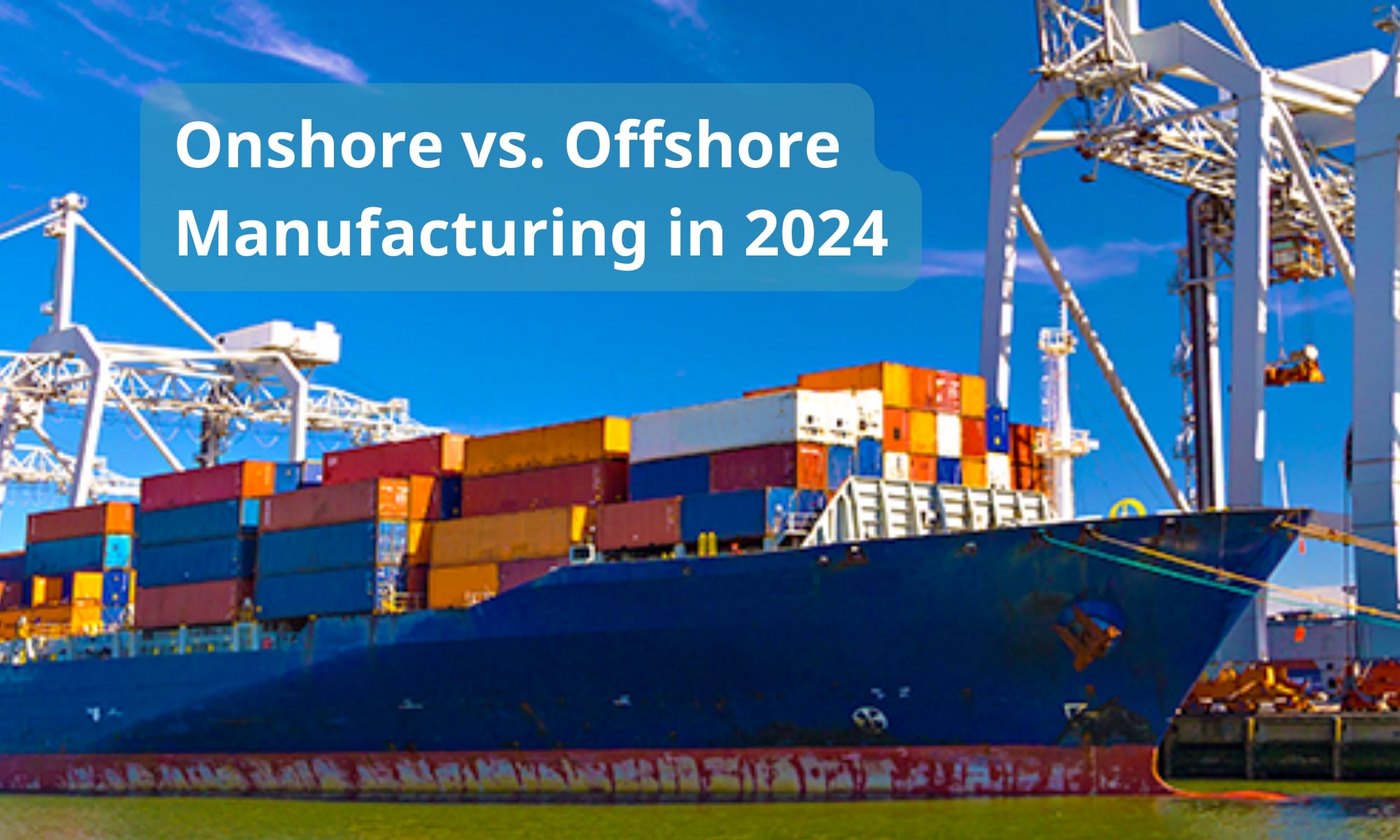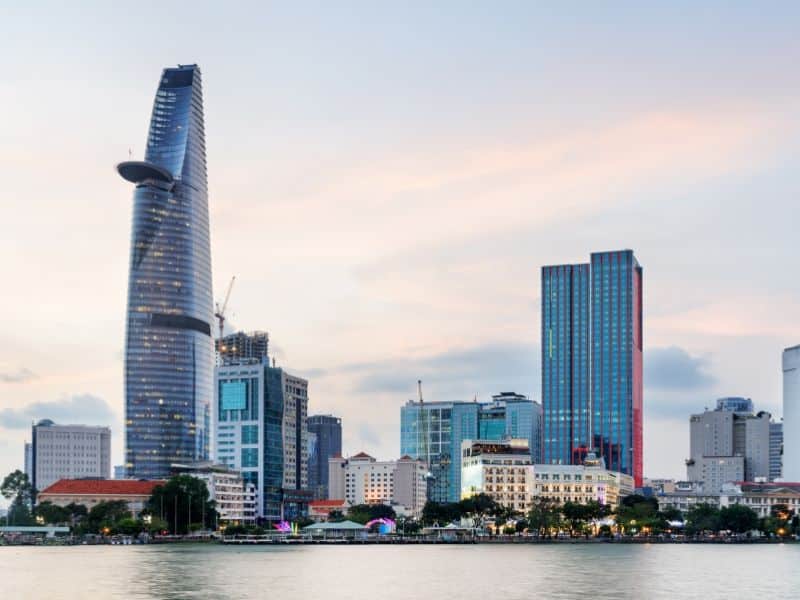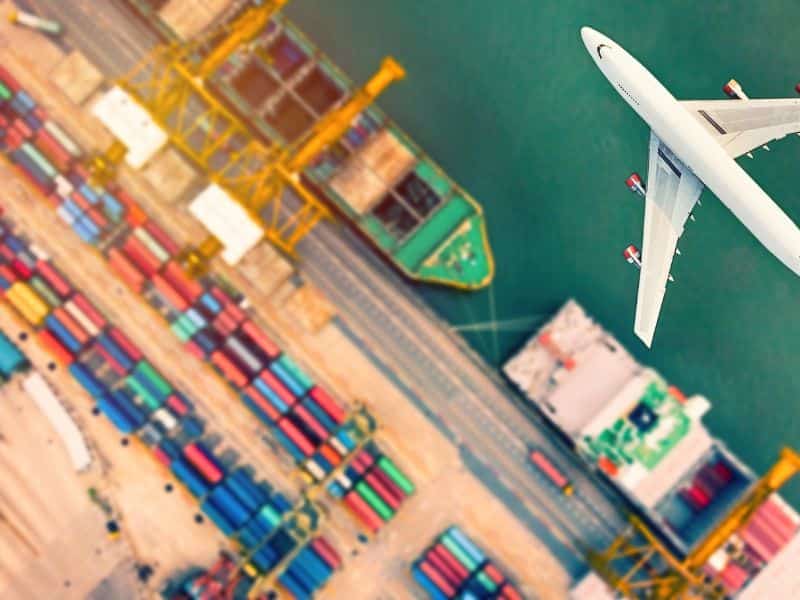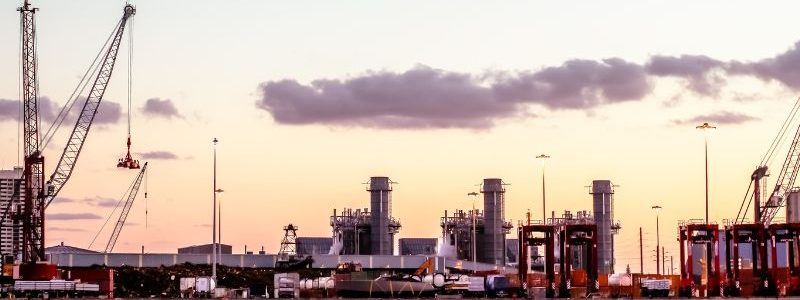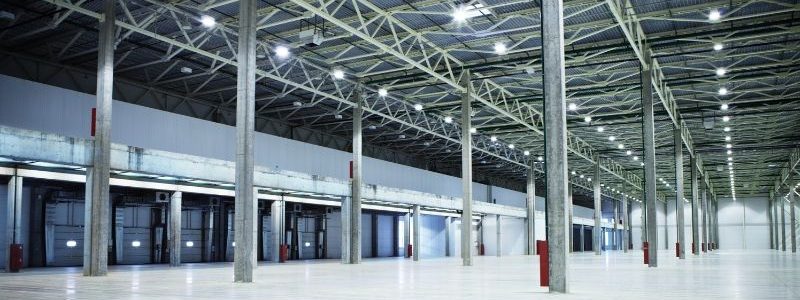Relocating your supply chain and warehousing to Vietnam might be a wise strategic move. Indeed, the coronavirus outbreak has emphasized the country’s reliance on China for supply. However, international manufacturers are aware of the need to minimize this reliance after the pandemic, which compelled them to consider a viable option for relocating industrial manufacturing.
This article will first go through the key reasons firms choose to relocate their supply chain to Vietnam. Savills Industrials will then discuss why Vietnam is a great place to relocate its supply chain.
Why choose Vietnam to relocate your supply chain?
Vietnam is fastly establishing itself as one of the world’s new industrial distribution centers as global corporations diversify their operations to strengthen their supply chains in the aftermath of the epidemic. Vietnam’s strengths lie both in the ASEAN zone and in the country itself.
An open and expanding Vietnamese economy
First, in 2021, Vietnam’s gross domestic product (GDP) amounted to around 354.87 billion USD and is expected to increase to almost 567.26 billion international dollars by 2026.
Second, according to Trading Economics global macro models and analysts’ forecasts, GDP in Vietnam is anticipated to reach 290.00 USD billion by the end of 2021. According to our econometric models, Vietnam’s GDP is expected to trend at 310.00 USD billion in 2022.
Third, Vietnam’s transport ministry unveiled a transportation infrastructure plan that will cost between $43 billion and $65 billion between April 2021 and 2030. Plus, three implementation alternatives have been prepared by an industry research institute within the Ministry of Transport.
Finally, Vietnam and the European Union signed the EVFTA. This agreement permits the EU and Vietnam to gradually eliminate customs charges on several commodities, which will increase Vietnam’s attractiveness to European businesses.
Vietnam as Asia’s next manufacturing hub
China is no longer an enticing place for US and European manufacturers to move their operations due to growing wages, labor costs, environmental destruction, and economic difficulties. Among the numerous publications discussing the relocation of production from China to the next manufacturing powerhouse, Vietnam is consistently at the top of the list, with several accolades.
The government will continue to invest in critical infrastructure and multimodal transportation networks in the future to reduce logistics costs and accommodate higher-value projects. To keep long-term investors, they must also streamline onerous administrative and customs procedures and increase communication between the economic sectors. From there, Vietnam will strengthen its potential to become a dominating Asian hub for industrial manufacturing in the coming years.
As a result, current patterns indicate a development in this direction. The current healthcare crisis and the rising suspicion of China are anticipated to amplify this tendency.
The attractiveness of the Vietnamese workforce to relocate your supply chain
Vietnam has depended on one of its most significant assets to navigate these global transitions: a cheap and skilled worker force.
Abundant: The country presently has a population of 97 million people. According to the most recent demographic estimates, this number is anticipated to increase to 120 million by 2050. Due to its large population, the Vietnamese market is a significant source of potential customers. At roughly 10.6 million, Vietnam’s workforce is the largest in the area, with a significant proportion of migrant labor. Large cities and industrial clusters like Vietnam’s Ho Chi Minh City, Binh Duong, and Dong Nai have a high concentration of labor.
Young: In 2019, the median age in Vietnam is 30.9 years, making it a young country. According to official estimates, the labor force accounts for around 75% of Vietnam’s total population. On the other hand, over 40% of the country’s population is under the age of 24, indicating the entry of a new generation into the labor market in recent years.
Read more: Vietnam warehousing and storage industry outlook
The Vietnam warehouse market is forecast to grow in 2022
How to choose the right location for your factory
When determining the ideal site for a manufacturing firm, infrastructure development, labor, incentives, and industry are critical elements because they represent the long-term business strategy.
Infrastructure development
When it comes to infrastructure development, company owners may determine, with the help of experts on Vietnam’s industrial real estate, if the site is ideal for supply chain infrastructure, logistics, and customer market access.
Connectivity is critical since it makes the difference between error-free production and interminable delays. Thus, foreign investors’ awareness of how goods and components will be transported between various stages of production is critical.
Additionally, relocating the production facility closer to the client base might help maximize profits or expand market share by lowering delivery times, reducing inventory, and implementing cost-cutting measures.
Additionally, the industrial zone (IZ) provides a much-needed answer and has grown in popularity among international investors due to its competitive infrastructural advantage. Numerous IZs located across Vietnam are adjacent to major road networks, ports, and rail systems, reducing interruptions and waiting times.
An industrial zone
Vietnam currently has 326 recognized industrial zones. Take note that specific parcels of land are designated for industries. As a consequence, if the firm decides to establish its plant in a specified region, for this reason, it will have an easier time obtaining a building permit. Additionally, it will benefit from tax incentives: an exemption from company tax for the first two years, followed by a 50% decrease for the next four years.
Incentives
Some industrial zones in Vietnam provide preferential tax rates that are zone-specific. Also, they can be extended to both personal and corporate rates. This will enable investors to compensate for the higher wages and competitive factory rental prices associated with these locations. The Vietnamese developing market has discreetly benefited from one of Southeast Asia’s most competitive tax systems, a distinguishing aspect of Vietnam’s tax policy.
Read more: Factors to Consider with Warehouse Lease
Conclusion
In conclusion, moving your supply chain to Vietnam offers several benefits and is a long-term investment. The nation is promoting itself as an intriguing choice for industrial businesses seeking to reduce reliance on China.
Based on continuous innovation in economic and trade policies, infrastructure strengthening, and labor quality improvement, it is what we at Savills Industrial hoped that “Made in Vietnam” products will gain widespread popularity shortly, assisting Vietnam in its bid to replace China as the world’s new manufacturing center in the process.
Our dynamic team provides Landlord Advisory, Tenant Representation, Strategic Leasing, Investment Brokerage, and Sales & Leaseback services to clients across many disciplines. When clients deal with John, the head of the Industrial Department, their concerns are instantly eased, and their needs are met with unmatched expertise.





